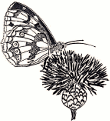The Autumn 2012 edition of Antennae (the Gloucestershire branch’s magazine) had an article by James Weightman that includes some excellent photographs that deserve to be seen by a wider audience and to a standard that cannot be matched in our magazine.
This page contains:
- A link to the Antennae article in PDF format which contains the photographs as printed and explains what they are about.
- A link to a techniques document in PDF format which describes some of the techniques he used.
- The photographs used in the article together with some more that could not be included in Antennae. These are shown at a size that will fit most screens, click on the photograph to see it full size and then click again to return to this page.
- Two photos added in 2016.
Copyright. Please respect James’ copyright for the photographs and techniques document and the Gloucestershire branch’s copyright for the article.
2012 photos
2016 photos
..and finally..
To witness some of the changes photographed here certainly required patience, and it has to be admitted, a generous slice of luck. There were however some useful indicators of imminent events.
- As already mentioned the hatching from the egg was presaged by the visibility of the hairs through the egg shell.
- Prior to skin moult, the caterpillar had been stationary for about 24 hours having developed a “bulging” head. Again, pupation occurred between 1 and 2 days after the caterpillar had hung itself up by its silken girdle and had started “twitching”.
- Shortly before emergence a butterfly’s wing patterns will be seen through the pupal case.
But beyond these indicators there was no substitute for vigilance. Inconveniently, but perhaps not surprisingly, I have found these events generally occur during the hours of darkness. For this reason I have yet to witness a butterfly emergence; despite a late night vigil. The adult orange-tip in this instance must have emerged in the small hours of the morning!
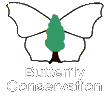
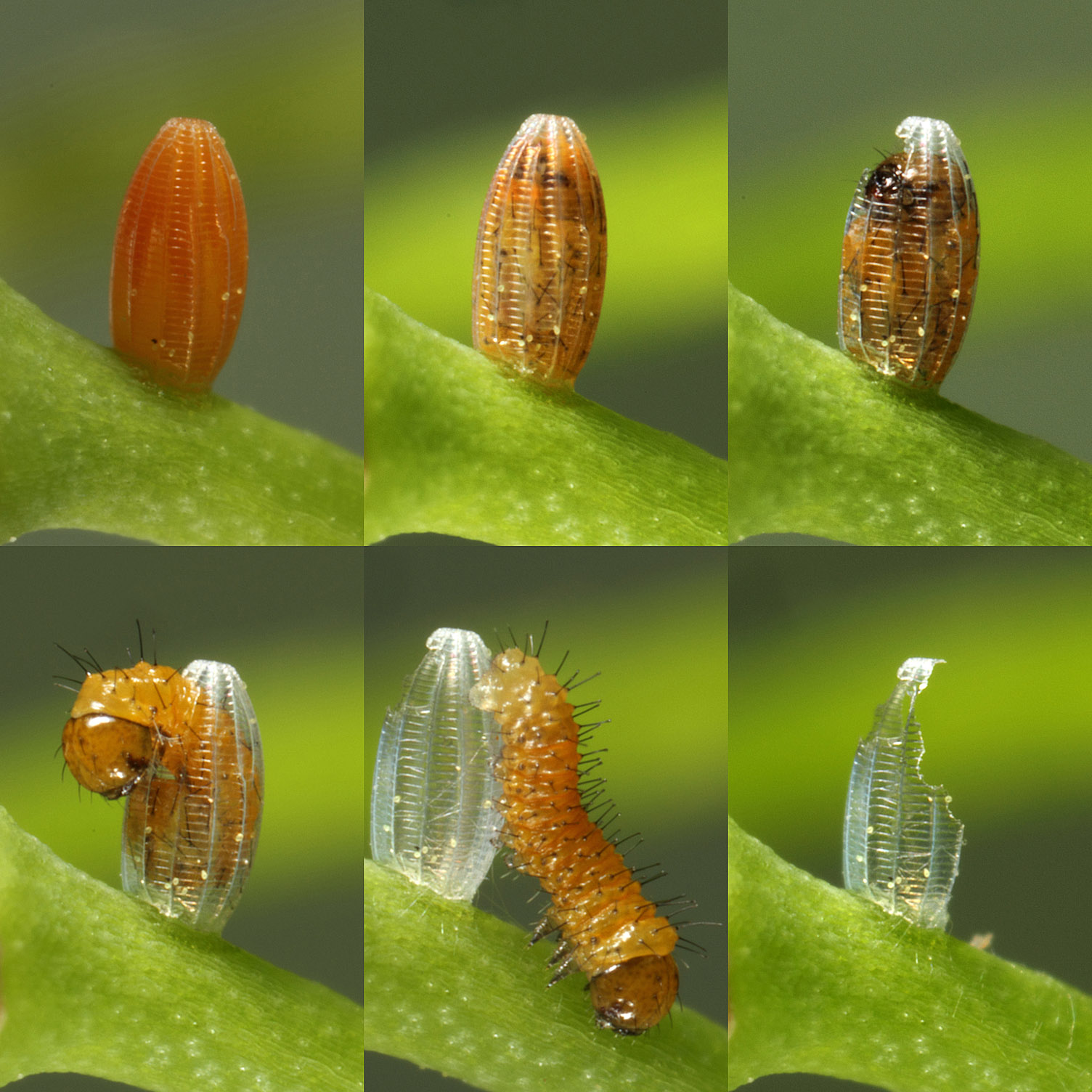
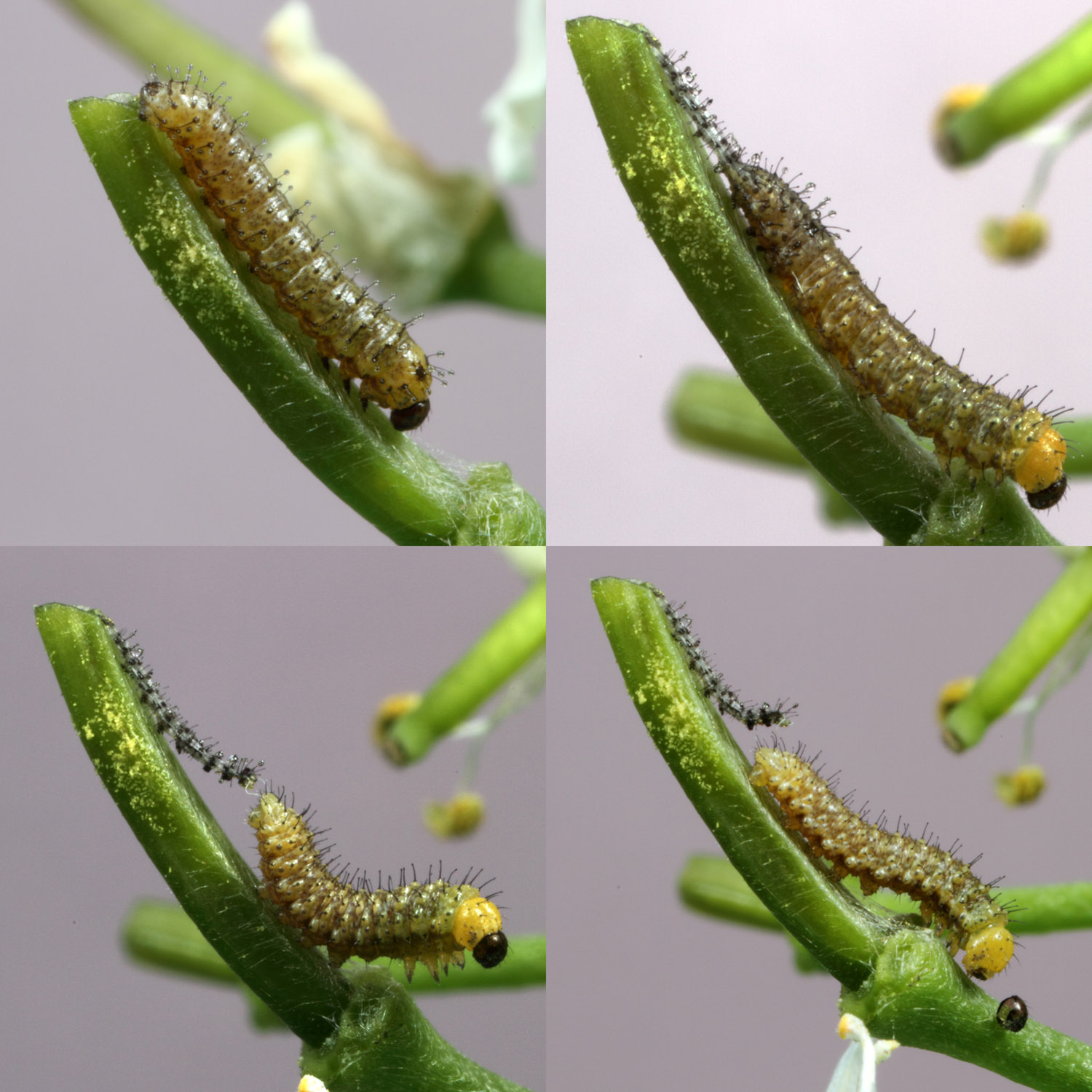
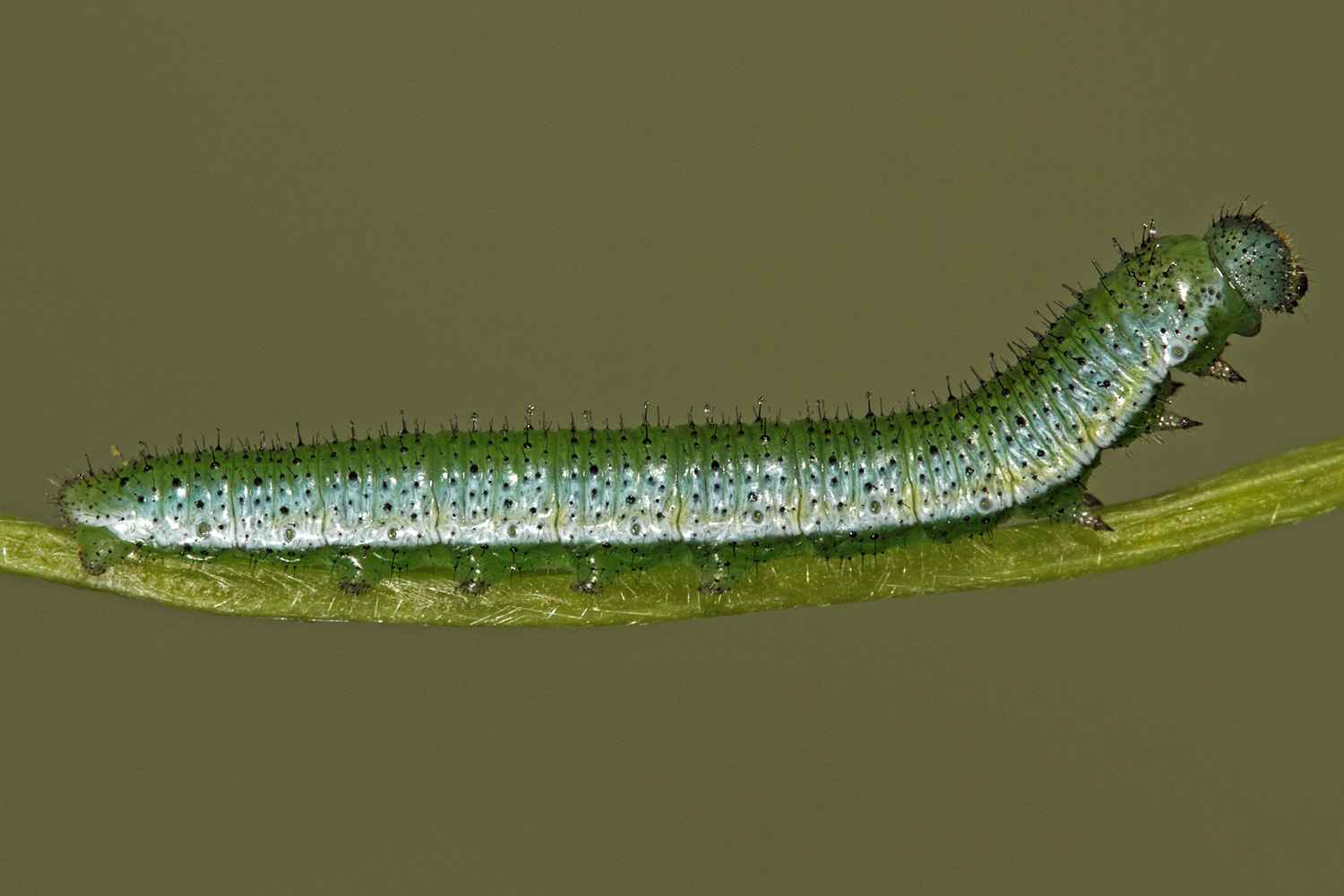
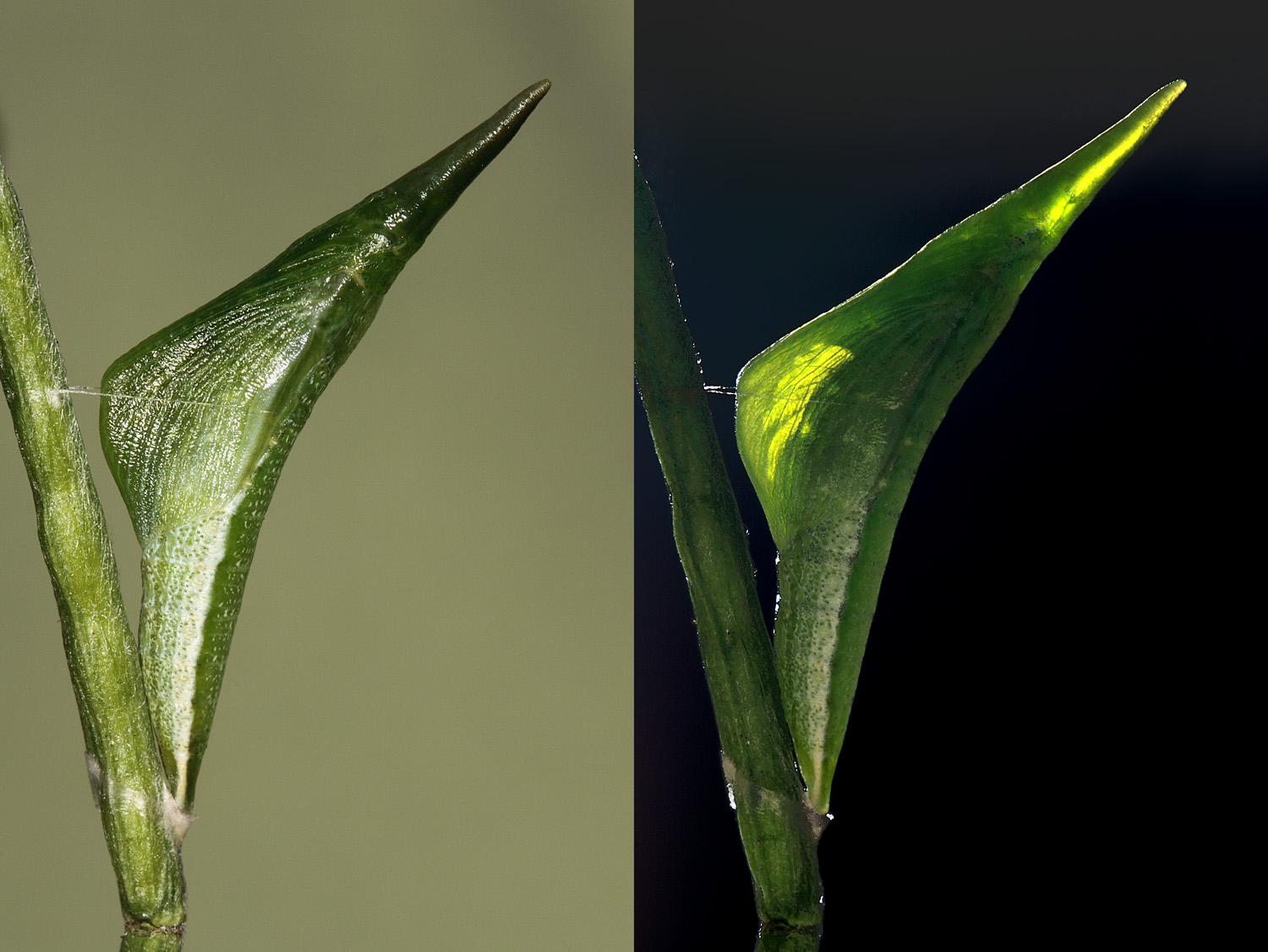
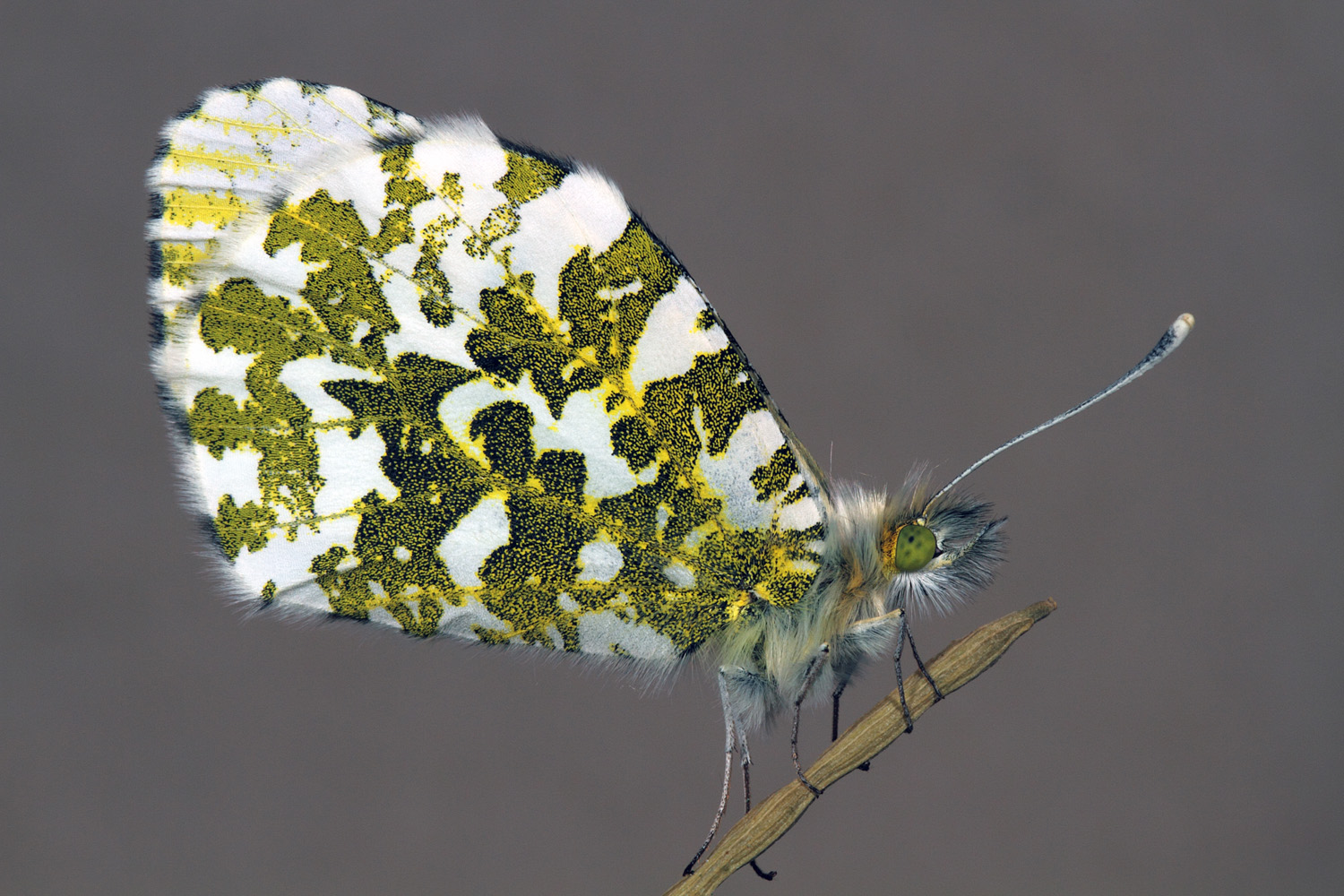
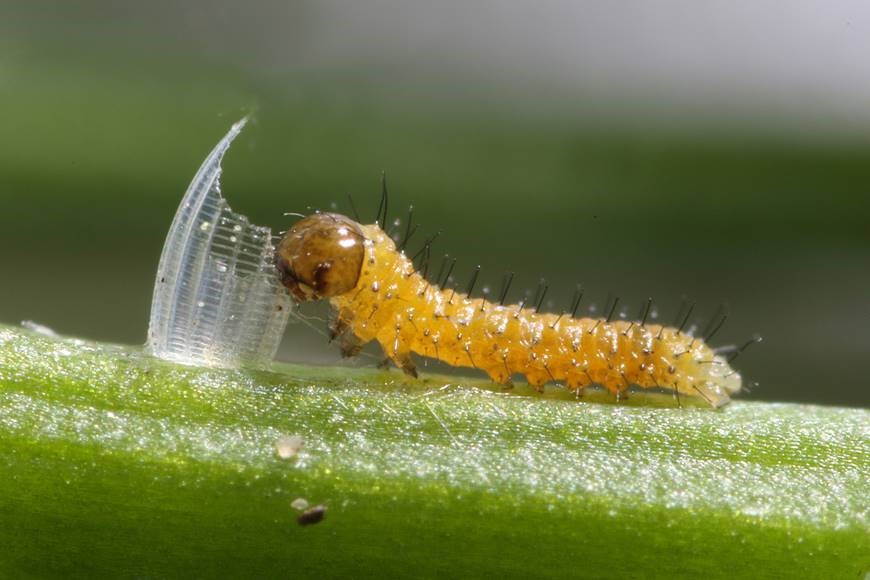
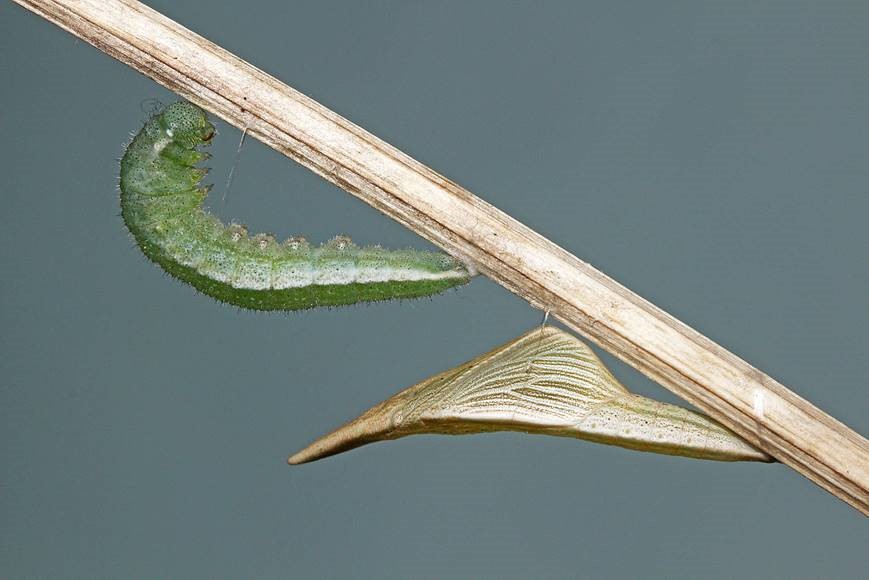
 Internal Pages
Internal Pages
